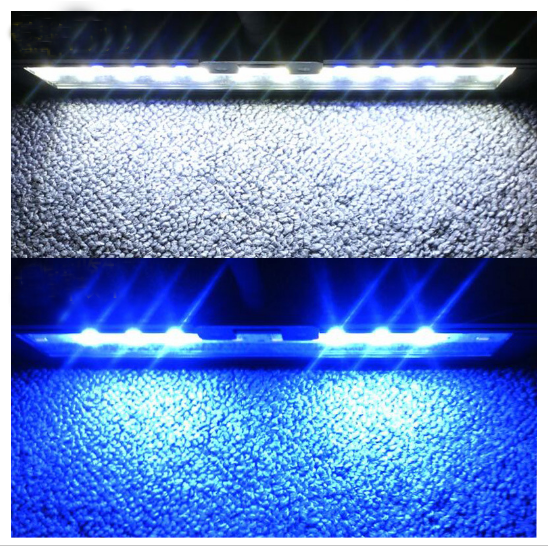Time:2023.08.21Browse:
When the water pump rotor operates at high speeds, if its mass is uneven, a large centrifugal force will be generated during rotation, causing vibration or damage to the water pump. The balance of the rotor is achieved through the mass balance of various components on it (including shaft, impeller, shaft sleeve, balance plate, etc.). Therefore, static balance verification should be carried out on newly installed impellers. The specific method is:

(1) Install the impeller on the dummy shaft and place it on a static balance test bench that has been leveled. There are two tracks on the test bench, on which the dummy axis can freely roll.
(2) Mark the side of the impeller that is overweight. If the impeller mass is unbalanced, the heavier side always automatically turns downwards. Add heavy blocks (using surface adhesive or clamps to increase or decrease iron plates) in the symmetrical position of the heavier part (i.e. the lighter side) until the impeller can stop at any position.
(3) Weigh the weight of the weighting block. Instead of adding weight on the lighter side of the impeller, the balance of the impeller is achieved by reducing weight on the heavier side. When reducing weight, a milling machine or grinding wheel can be used (when the removal amount is not large), but the depth of milling or grinding should not exceed 1/3 of the thickness of the impeller cover plate. The allowable deviation value of the static balance of the impeller after static balance shall not exceed the product of the outer diameter value of the impeller and 0.025g/mm. For example, for an impeller with a diameter of 200mm, the allowable deviation is 5g.